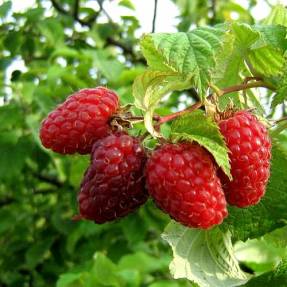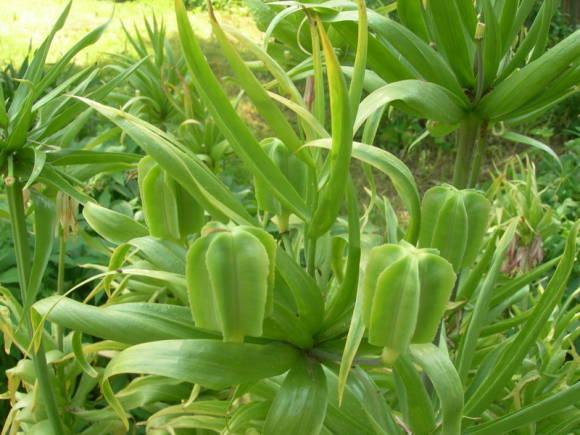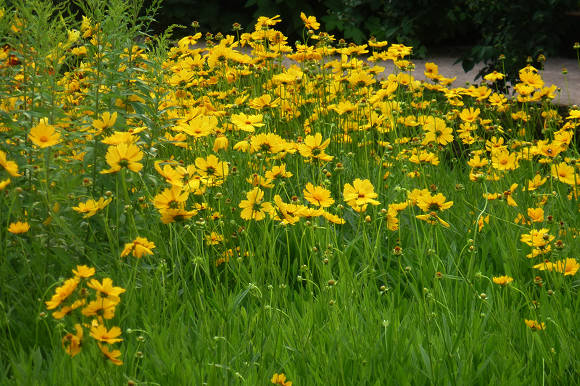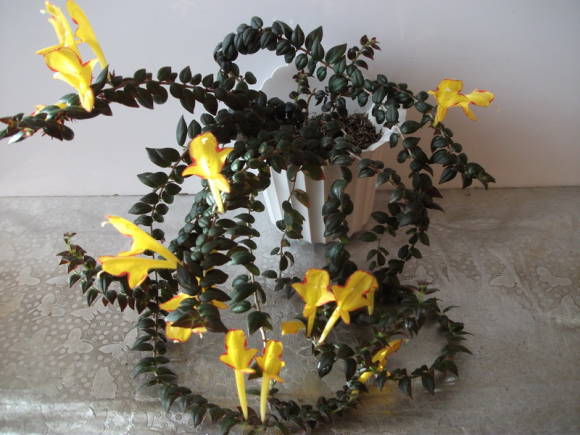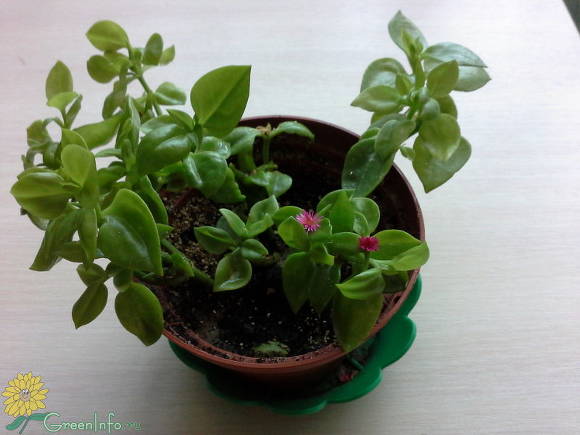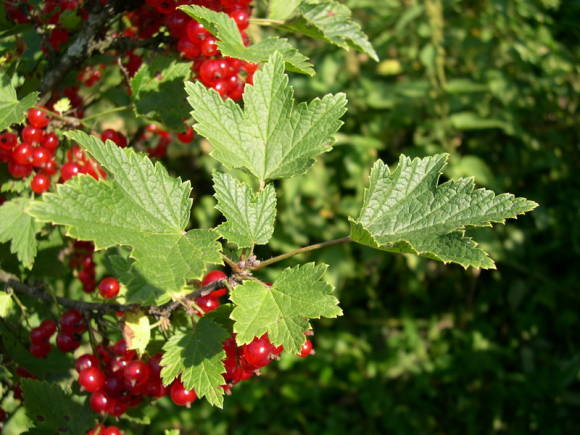Despite the abundance of garden flowers, clarkia may well be a serious competitor to any of them. It got its name in honor of the famous American explorer of nature W. Clark.
This is a very decorative annual herb from the family of fireweed, with a height, depending on the species, from 35 to 70 cm. Clarkia's stems are strong, naked, branching, form openwork spreading bushes. Leaves are small, linear-lanceolate. The color of the leaves is deep green or bluish, often with distinct reddish veins.
 |  |
Clarkia flowers are sessile, relatively large, up to 3.5 cm in diameter, simple four-petalled or double, with a tubular calyx and wavy petals along the edges, in some species strongly dissected, having the shape of a trident. They are located at the top of the stem in the leaf axils.
The flowers are of different colors - white, crimson, purple, salmon, red, bright pink, with a lilac tint, collected in loose racemose inflorescences. Terry varieties of clarke marigold, or graceful, are especially beautiful. The plant blooms from mid-July to early September.
In floriculture, two types of clarkia are mainly used - clarke marigold, or graceful (Clarkia unguiculata syn. Clarkia elegans) and a more compact clarke pleasant, or charming (Clarkia amoena syn. Godetiaamoena), previously belonging to the independent genus Godetia. Clarks are light-requiring, cold-resistant and very unpretentious. They are undemanding to soils, grow well on any land, even poor in nutrients. Clarkia bloom lasts from late June to late August, although in a drought it may end earlier without watering. Clarkia can be grown in flower beds, ridges, mixborders. Feel great in balcony boxes and containers. Flowers stand well in cut. Sowing seeds... Clarkia is planted by seedlings (less often) or by sowing seeds directly into open ground (much more often). Seeds are sown directly into the ground in a permanent place in well-lit places. Before sowing clarke, add peat to the area for digging, 1 kg per 1 sq. m and potassium sulfate with superphosphate, a tablespoon of each for the same area. You need to dig up the area with fertilizers at least two weeks before sowing. Small clarkia seeds are sown in nests of 4–5 pieces at a distance of 20–40 cm, but they are not buried in the ground, but slightly pressed against it and sprinkled with the thinnest layer of soil. It is advisable to do this as early as possible in order to avoid an attack by flea beetles - in early May or even at the end of April, in warmer southern regions - in late autumn, before winter. Small frosts do not damage seedlings. Seedlings may appear in two weeks, and you will have to thin them out at a distance of 10-15 cm, but do not get carried away - the blooming clarkia in a dense bush looks prettier. The feeding area for high varieties is 25x25 cm, for low varieties - 20x20 cm. When planting in autumn, the seedlings have time to germinate before the onset of winter and are well preserved under the snow, but even if the crops do not germinate, there is nothing to worry about. In the spring, when the clarkia grows together, you only need to thin it out, like a carrot. But if you do decide to collect the seeds, then it's easy to do. To do this, choose several beautiful flowers during flowering and, when they begin to fade, tie them with gauze so that the seeds, when ripe, do not fall to the ground. The seeds will ripen a month after the end of flowering, when the box turns brown. Cut a box of seeds, put them on a newspaper, dry and sow before winter, or store in a paper bag until spring. Care for plants, simple - weeding and loosening the soil near the plants, watering in dry times, and on poor soils - feeding with complex fertilizer 1-2 times in the first half of the growing season. To obtain brighter, more compact bushes, young plants are pinched. "Ural gardener", No. 5, 2018
Growing Clarkia


